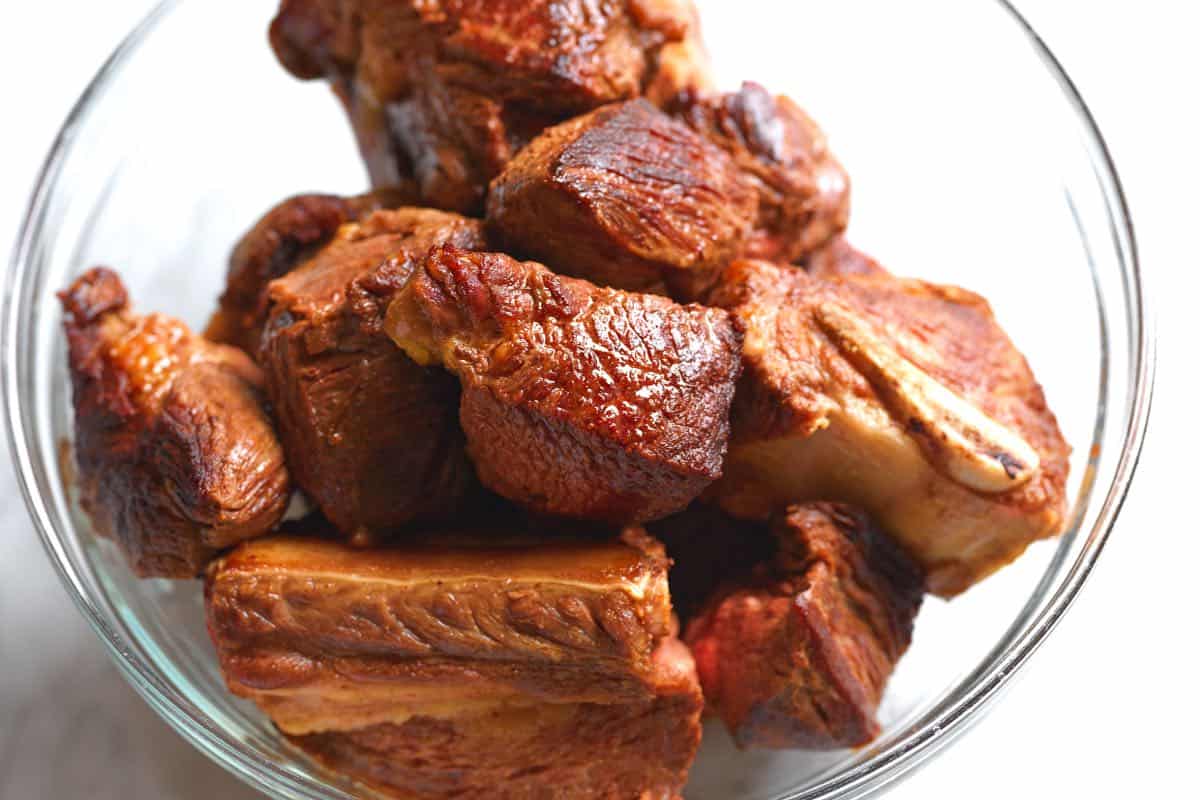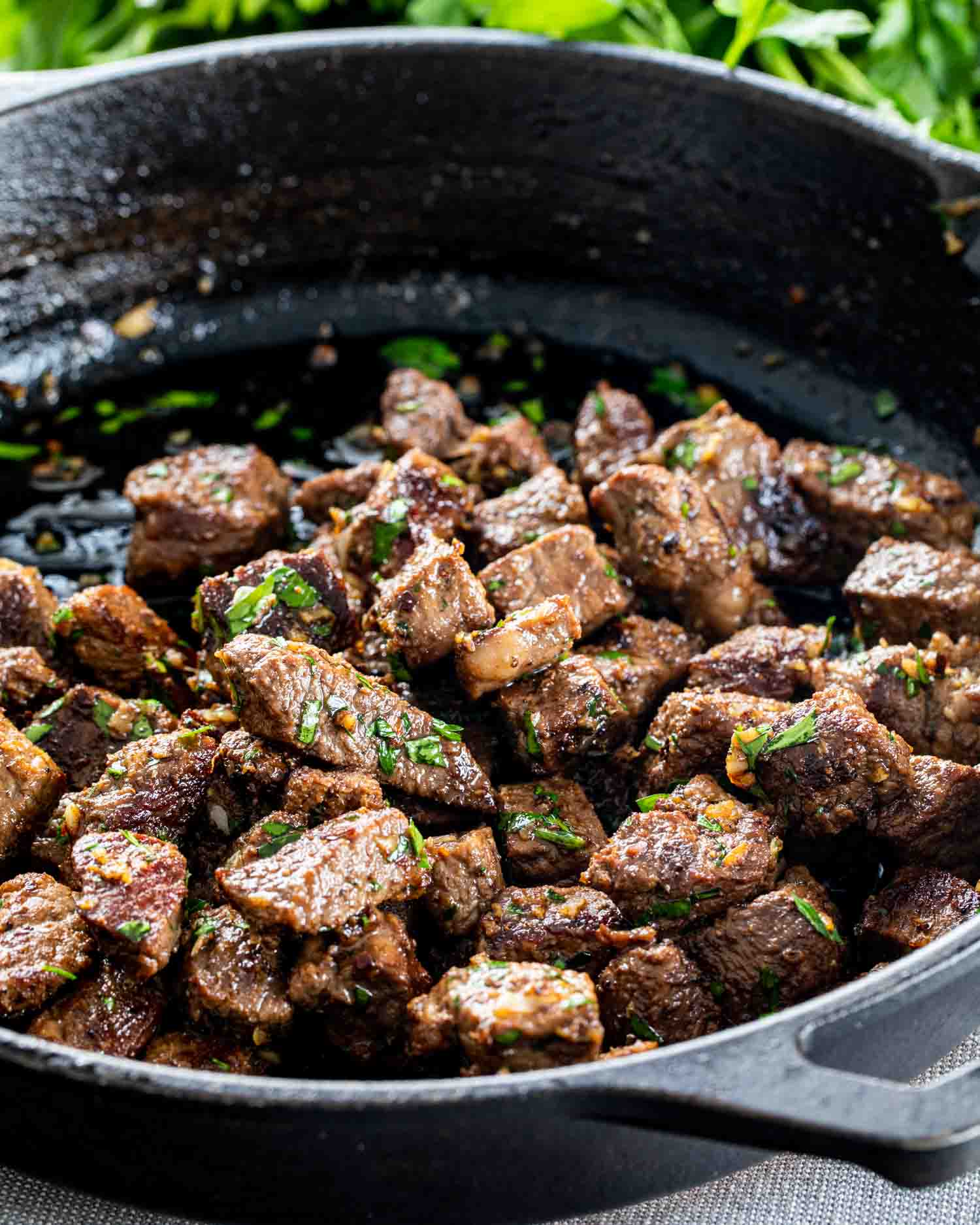Exploring the Different Cuts of Meat: A Guide to Perfect Selections
Exploring the Different Cuts of Meat: A Guide to Perfect Selections
Blog Article
From Ranch to Table: Fresh and Premium Meat Choices
The trip of meat from farm to table envelops a complex interaction of top quality, principles, and sustainability. This shift not only improves the nutritional account of meat but also supports regional economic climates.
Understanding Meat Sourcing
As customers end up being significantly knowledgeable about the beginnings of their food, comprehending meat sourcing has actually acquired paramount value. Meat sourcing entails mapping the trip of meat from farm to table, incorporating different factors such as farming practices, pet well-being, and environmental impact. This understanding encourages customers to make educated selections that straighten with their worths, particularly regarding sustainability and moral factors to consider.
The sourcing of meat can differ substantially based upon multiple standards, including the kind of animals, farming methods, and geographical location. As an example, grass-fed beef often comes from pasture-based systems that promote pet well-being and decrease ecological deterioration. Conversely, traditional meat may include extensive farming techniques that increase worries relating to antibiotic usage and environment destruction.
Understanding the particular farm or region where the meat stems assists consumers ensure high quality and safety. Ultimately, recognizing meat sourcing not just enhances customer selection but additionally promotes responsible consumption and supports honest farming techniques.
Advantages of Fresh Meat
Choosing fresh meat provides many benefits that prolong past taste and structure. Fresh meat commonly retains greater nutritional worth contrasted to its frozen or processed counterparts. It is frequently richer in necessary minerals and vitamins, such as B vitamins, iron, and zinc, which are essential for keeping general health and wellness.
Additionally, the sourcing of fresh meat commonly entails much shorter supply chains, minimizing the time between farm and table. This means that the meat is less likely to shed its nutritional stability during transportation and storage space. Furthermore, consumers can experience enhanced preference and juiciness, which can elevate cooking experiences.
Fresh meat additionally supplies a chance for customers to sustain regional farmers and advertise lasting agricultural methods. When acquiring from neighborhood sources, individuals can add to their local economic situation and promote a greater connection to the food they eat.
Last but not least, fresh meat is generally complimentary from the preservatives and ingredients commonly discovered in refined options. This makes it a cleaner, healthier option for those seeking to decrease their consumption of synthetic ingredients. On the whole, the advantages of picking fresh meat encompass health, preference, and a sense of neighborhood involvement.
Animal Welfare Requirements
Making certain high animal well-being criteria is necessary for both ethical factors to consider and the high quality of meat products. The treatment of livestock straight affects not only the ethical effects of meat manufacturing yet additionally the overall top quality and security of the end items. Animals raised in humane problems are much less worried, resulting in much healthier pets and, as a result, remarkable meat quality.
Laws and certifications worrying pet well-being have ended up being increasingly substantial in the meat sector. These frameworks guarantee pets are provided with sufficient room, proper nourishment, and humane handling throughout their lives. Practices such as pasture-raised systems and free-range environments add to far better pet well-being by permitting pets to display all-natural actions, which is essential for their well-being.
Additionally, customers are becoming extra discerning regarding the sources of their meat, leading to a growing demand for products that abide by rigorous pet welfare criteria. This shift not just advertises ethical farming methods but also urges producers to take on actions that enhance the wellness and well-being of their pets. Meat. Ultimately, prioritizing animal welfare is not just an ethical imperative; it is also a path to producing premium-quality meat that meets customer assumptions

Lasting Farming Practices
Sustainable farming techniques play a vital duty in boosting both pet welfare and the top quality of meat products. By applying rotational grazing, farmers can advertise healthy and balanced field ecological communities, permitting pets to feed on nutrient-rich turfs while avoiding overgrazing.
In addition, sustainable farming usually incorporates integrated parasite management and natural feed choices, reducing making use of unsafe chemicals. This method not only safeguards animal well-being yet also results in cleaner, more secure meat products for customers. Water conservation strategies, such as rainwater harvesting and efficient watering systems, additionally add to sustainable techniques, ensuring that resources are made use of carefully.
In addition, fostering biodiversity with polyculture systems and protecting habitats for wild animals enhances the strength of farming ecological communities. By focusing on these lasting techniques, farmers can generate high-grade meat that fulfills consumer need while promoting environmental equilibrium. Inevitably, accepting sustainable farming techniques is vital for creating a much more responsible and resilient food system that benefits pets, farmers, and customers alike.
Deciding On High Quality Over Amount
Frequently, customers are encountered with the problem of picking in between quantity and top quality when it pertains to meat items. While purchasing larger amounts might seem economically beneficial, the lasting benefits of selecting high-quality meat much exceed the instant savings. Quality meat is usually sourced from animals elevated in sustainable environments, where they are provided correct nutrition and click site care, bring about exceptional flavor and nutritional value.
Top quality meats are normally without harmful additives, hormones, and prescription antibiotics that are typically existing click site in mass-produced choices (Meat). This not only guarantees a much healthier eating experience however likewise sustains honest farming methods that prioritize pet well-being. Additionally, costs meats have a tendency to have a far better texture and taste, boosting the overall cooking experience
Buying high quality meat urges customers to appreciate smaller sized sections, enabling a much more conscious strategy to consuming. This shift not just affects individual health and wellness positively but additionally promotes sustainable usage patterns that can benefit the environment. Finally, prioritizing high quality over amount when selecting meat products fosters a more liable and health-conscious lifestyle, eventually enhancing both the dining experience and the world.
Conclusion

Report this page